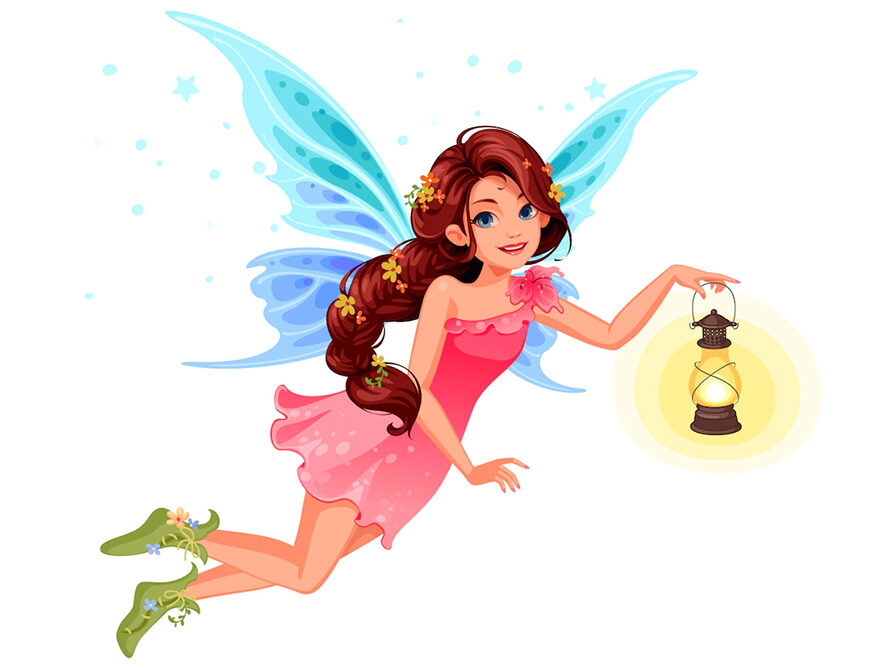In Philippine mythology, a Diwata (origin Sanskrit Devata), also known as Encantada, is a dryad and are benevolent or neutral and invoked ritually for positive crop growth, health, and fortune; they may also incur illness or misfortune if not given proper respect. They are said to reside in large trees, such as acacia and balete and are the guardian spirits of nature, casting blessings or curses upon those who bring benefits or harm to the forests and mountains. They have their origin in the Devata beings included in Hinduism and Buddhism. The Laguna Copperplate dated 900 AD also makes mention of a Chief of Medang in Java, Indonesia referred as representative of the Chief of Diwata in Butuan, Mindanao island.
The term “diwata” has taken on various levels of meaning since its concept’s assimilation into the mythology of the pre-colonial Filipinos. It is sometimes loosely used to refer to a generic type of mythical being much like an “elf” or “fairy,” or very specific ones as mentioned above. It has been noted that the term “diwata” is synonymous to “anito”, and that the usage of the word “diwata” is more prevalent in the Southern Philippines, while “anito” takes its place in the Northern areas
Characteristics and Description
Although there are numerous and varied accounts as to what they should look like, a general trend may be observed in that they are normally human in appearance—beautiful and seemingly ageless at that—save for some distinct characteristics. This may take the form of not having a philtrum or having continuously smooth and supple skin that somehow resemble fingernails, without any wrinkled parts as in the elbows and knees. They also tend to be fairer than average, as pale skin has been associated with the supernatural even during pre-colonial times (for example, the “white lady” belief is prevalent in the East and Southeast Asian regions), though the characteristics of having nose bridges and blonde hair are suspiciously colonial in nature.
Etymology
Diwata comes from the Indonesian Dewata which originates from the Hindu Devata. A male diwata is called engkanto (sometimes spelled as Encanto, Encantado, or Encantada) and resides primarily in the sea.
Behavior
Diwata are said to reside in large trees, such as acacia and balete. They are the guardian spirits of nature, bringing blessing or curses upon those who bring benefits or harm to the forests and mountains. One such famous Diwata is Maria Makiling, guardian of Mount Makiling in Laguna province.
Types
A male diwata is also called enkanto, and it resides primarily in the sea. It is customary for Filipino fishermen to offer meat and other delicacies to the enkanto by throwing them into the sea, after a day’s bountiful catch.
Some prominent diwatas include:
• Maria Makiling, guardian of Mount Makiling in Laguna province
• Maria Sinukuan, guardian of Mount Arayat in Pampanga province Maria Cacao, guardian of Mount Lantoy in Argao, Cebu
• Maria Magayon, guardian of Mount Mayon in Albay
In other parts of the Philippines, the diwata is analogous to the Greek gods and goddesses.
Some of the famous Diwata are:
• Apolake (or Adlaw), god of the sun
• Amanikable, the ruler of the seas
• Anitan, the guardian of lightning.
• Bathala (also known as Kabunian, Malayari, Apo, and Lumawig) the ruler of the heavens
• Dian Masalanta the goddess of love,
• Mayari (or Bulan in other areas), the goddess of the moon,
• Tala, goddess of the stars


